Trip: Marbella / Spain
Marbella, Spain
No longer just an aristocrat’s retreat, this Andalusian city has evolved into a welcoming year-round hub for its global visitors.
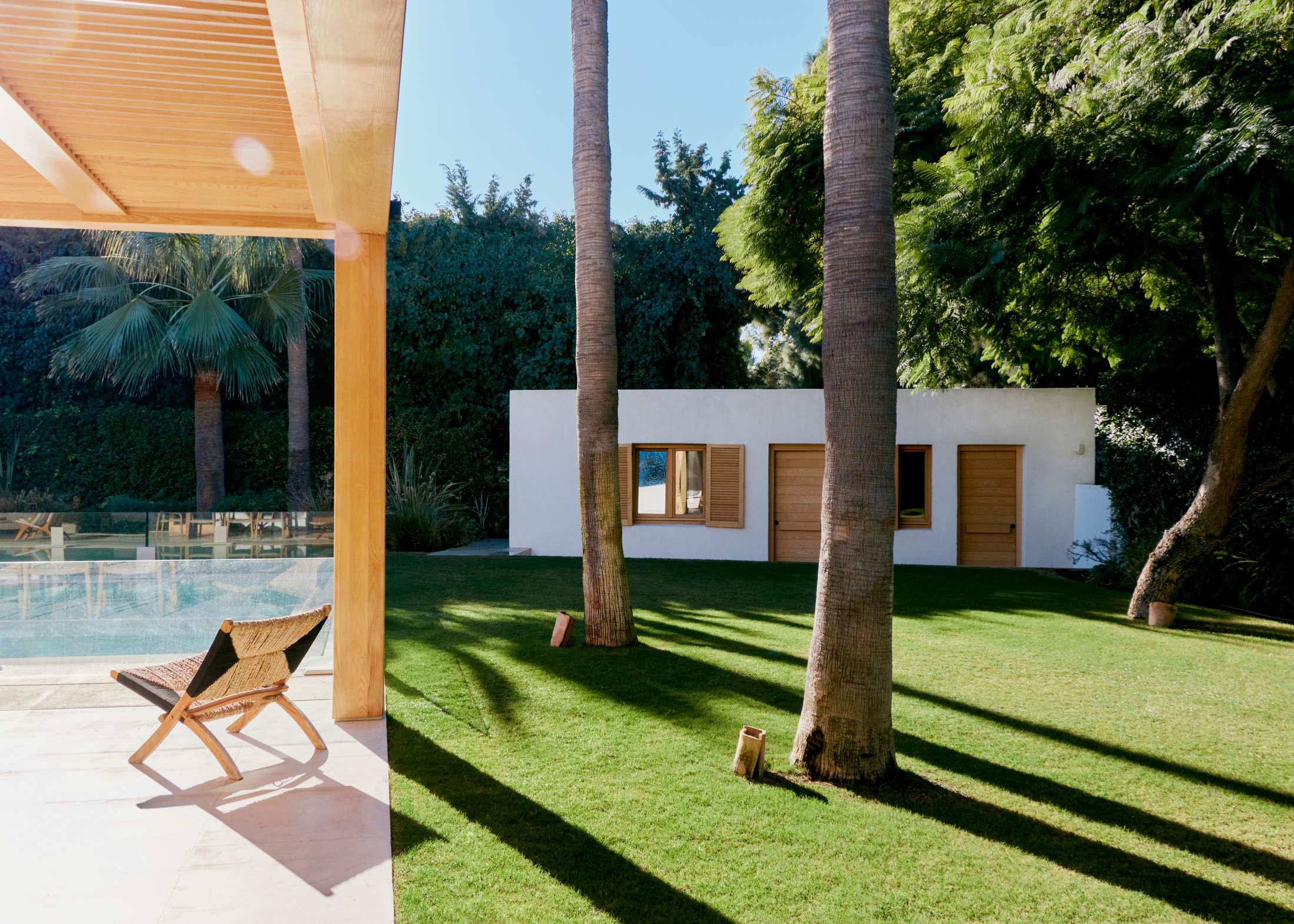
Sheltered by the Sierra Blanca hills on the Costa del Sol, Marbella, a city of 150,000 inhabitants in the southern Spanish region of Andalucía, has long attracted wealthy holidaymakers, from aristocrats to celebrities. In some ways, little has changed since the mid-20th century, when the city began attracting princes, oil tycoons and A-list actors in search of privacy. Now it is welcoming a growing number of high-end travellers every year.
As you might expect of a place that is closely linked to wealth, Marbella once had a reputation as a hub of organised crime and corruption: the town council is still paying back a debt of more than €500m left by former mayor Jesús Gil, who led a building boom in the 1990s and was later convicted of fraud. But the city’s turbulent history hasn’t stopped it from being an attractive spot for those seeking to enjoy its year-round sunshine and luxurious amusements.
“Marbella has always been a destination for people with purchasing power but since 2020 the profile of its visitors has grown, both in spending capacity and length of stay,” says Laura de Arce, the city’s tourism director. “New brands are coming to open hotels here and most luxury establishments are undergoing renovations.” Take, for example, El Fuerte de Marbella. The imposing hotel opened in 1957 and has welcomed the likes of Walt Disney, Timothy Dalton and Penélope Cruz. It recently reopened after a renovation that boasted two swimming pools and a rooftop terrace with a restaurant by chef Paco Pérez.
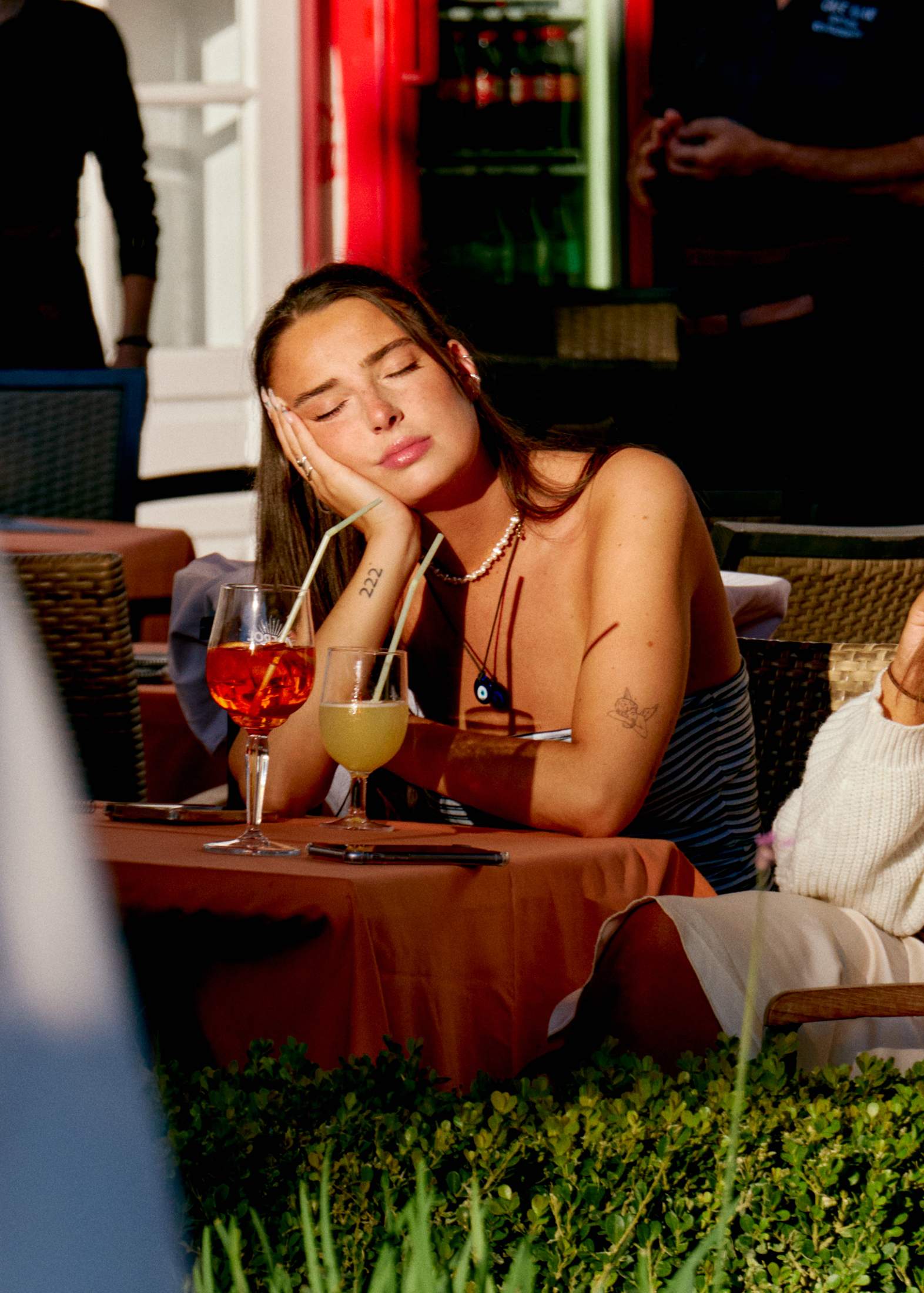

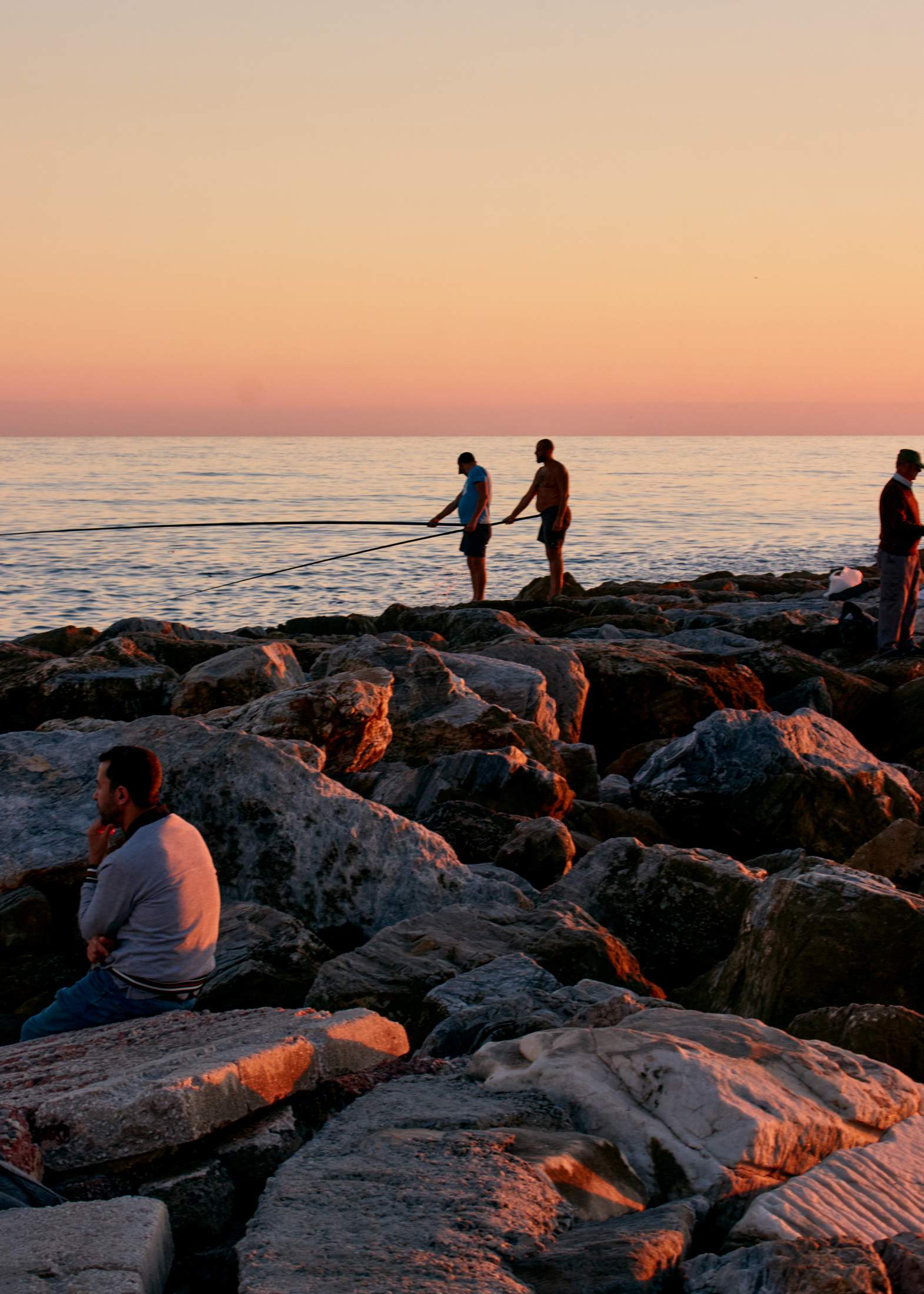
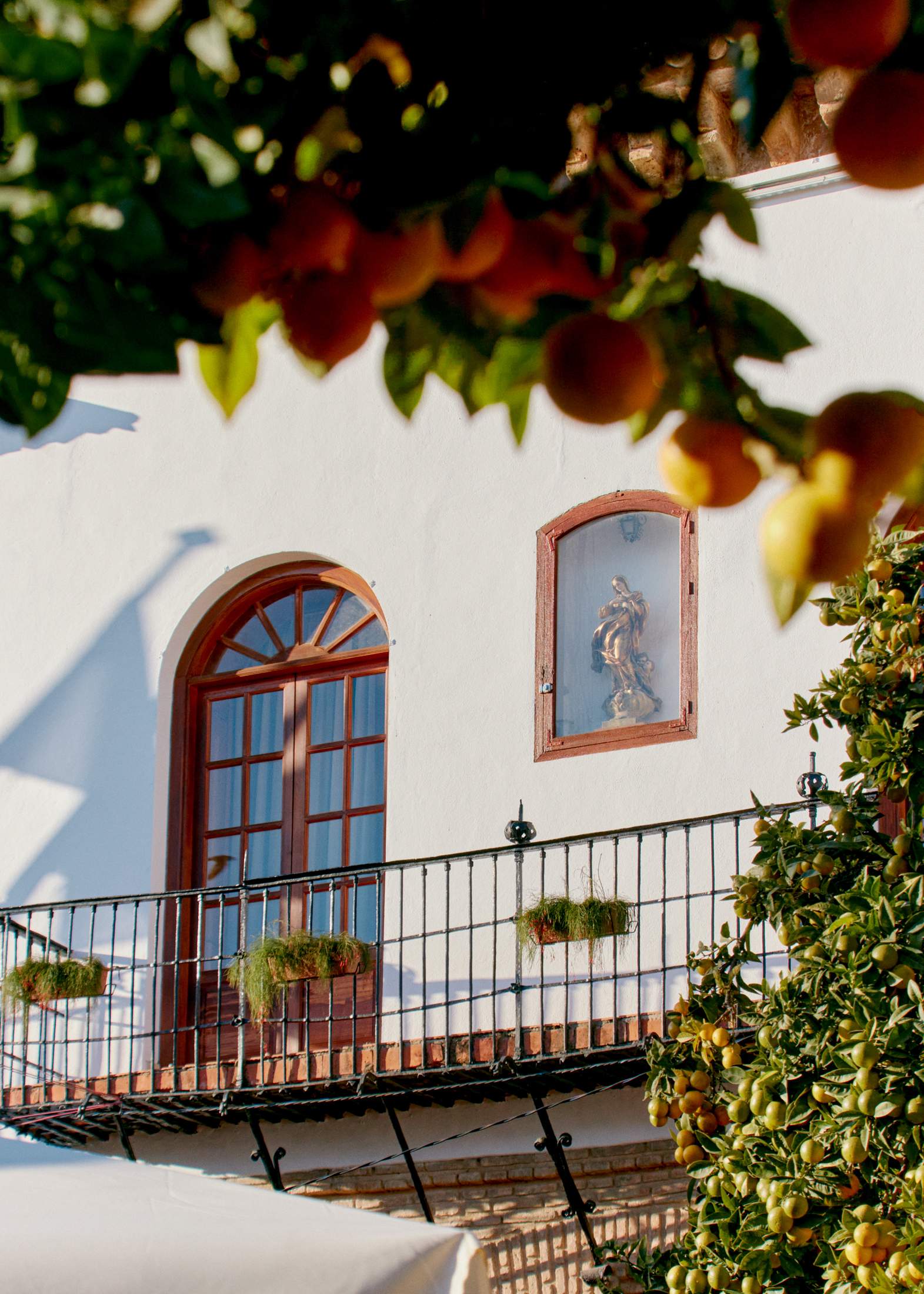
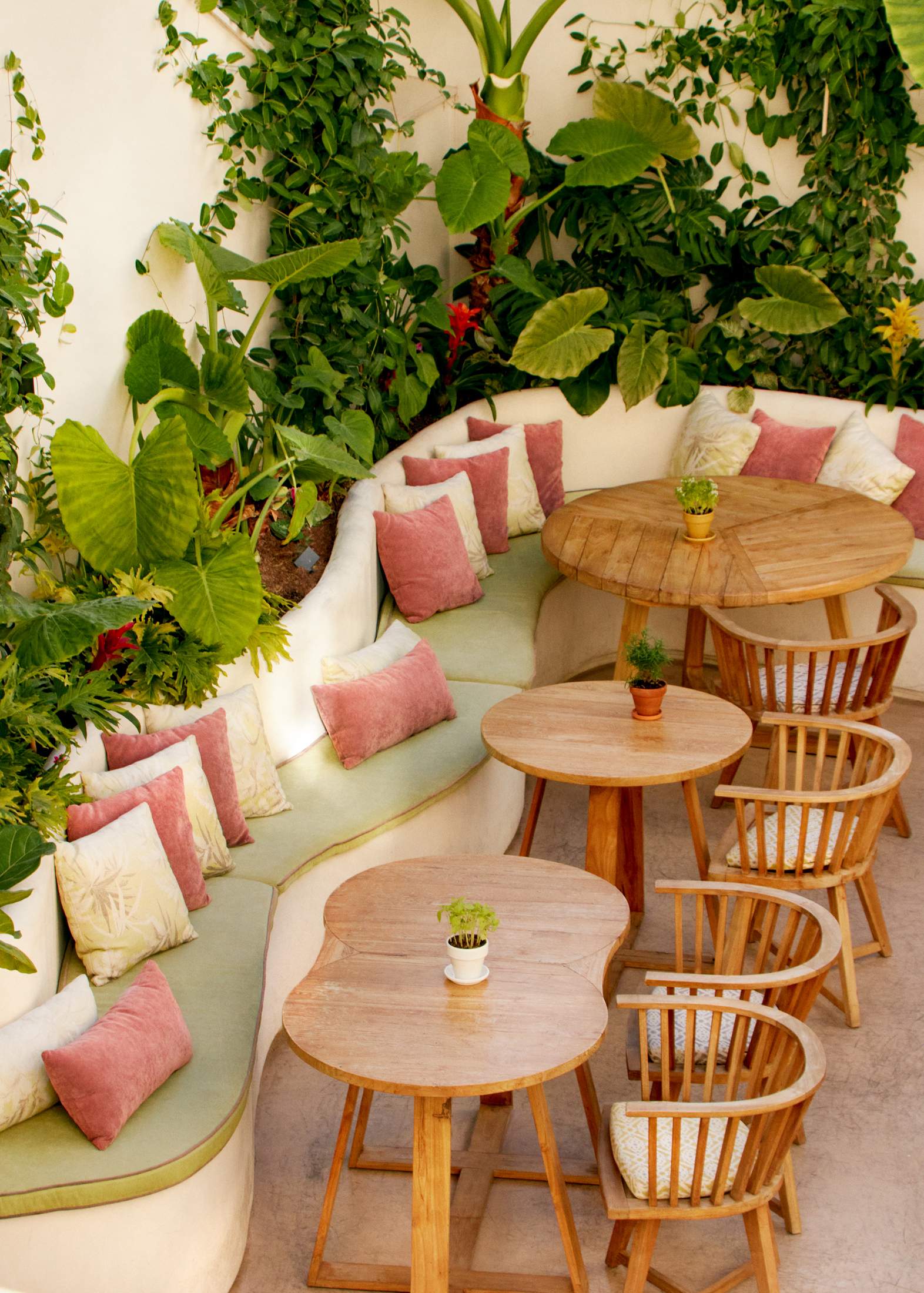
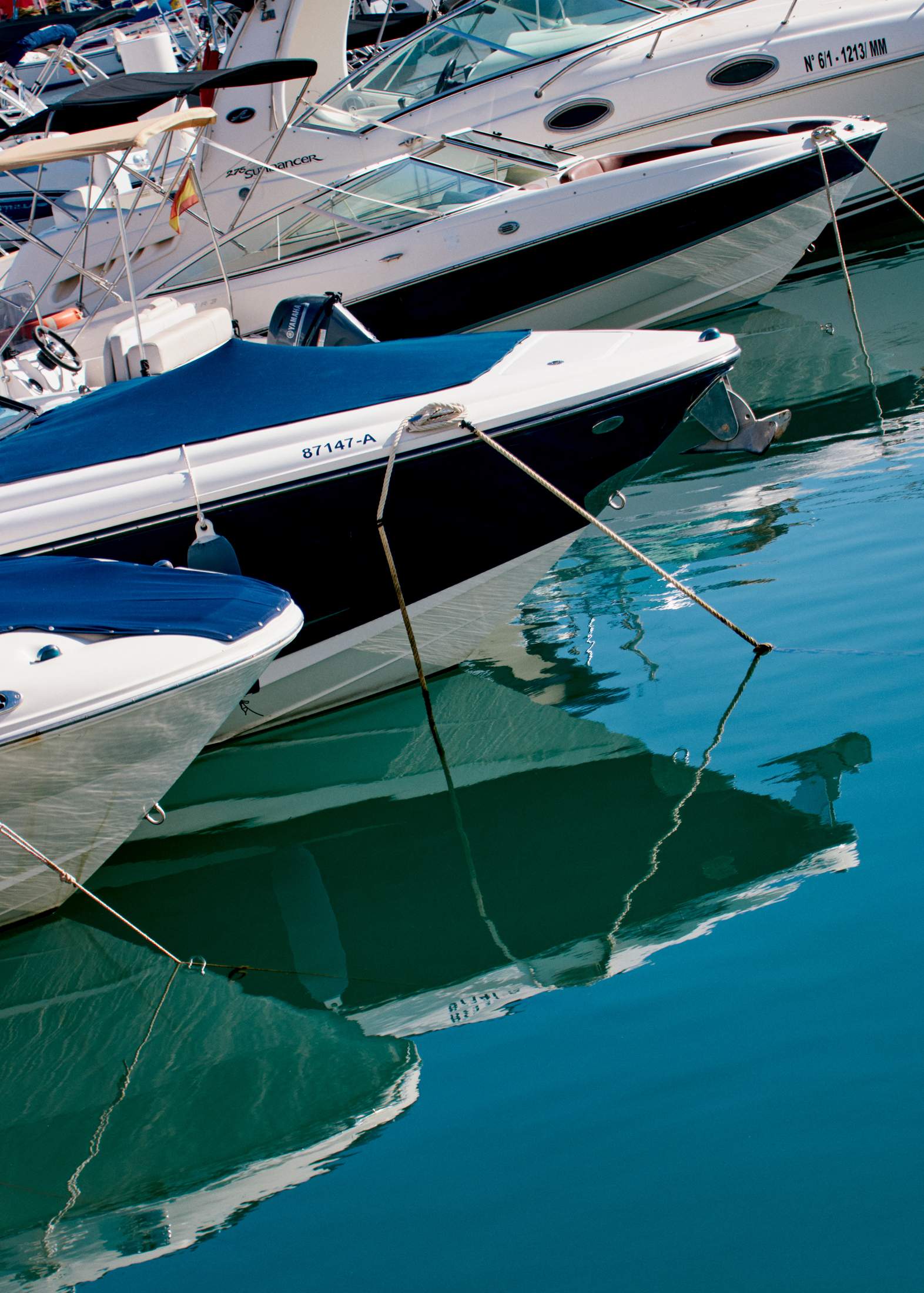
Marbella’s transformation into a recreational hot spot started in the 1950s with the Marbella Club. The beachfront resort, originally known as the Finca Margarita, has morphed from a humble motel into an establishment whose physical footprint is the size of eight football pitches, complete with a beach club, spa and private villas. Its evolution was kick-started when Prince Alfonso of Hohenlohe-Langenburg bought it in 1947. At the time, Marbella was a sleepy fishing village in a country that was still recovering from civil war but Alfonso, who arrived in Marbella in search of a new home for his family after fleeing the newly communist Czechoslovakia, invited his Hollywood friends, promising them a holiday away from the paparazzi of St Tropez and Monte Carlo.
Its beginnings were austere but, by the time Slim Aarons photographed the Marbella Club for Town & Country in the 1970s, it had expanded into a thriving club for the international jet set. Today, its walls are plastered with pictures of Brigitte Bardot, Audrey Hepburn and Lola Flores, most of which were taken by the hotel’s private photographer. “Privacy and discretion are very important things that remain from those initial years,” says Alejandra García, head of marketing and communications at Luxury Hotel Partners, owners of Marbella Club. “Nobody will come up and start taking pictures of you because the person sitting next to you is just as important.”
Today the Marbella Club (and the nearby Puente Romano Hotel complex) is run by the Shamoon family, which bought it in the 1990s and has maintained its homely atmosphere while adding a spa, as well as Chanel and Louis Vuitton boutiques. “Our biggest inspiration is nostalgia but wellness is an essential part of how we are developing,” says García. “We don’t aim to be a wellness destination but rather to transmit it in a natural way, through our year-round access to the sea and mountains.”
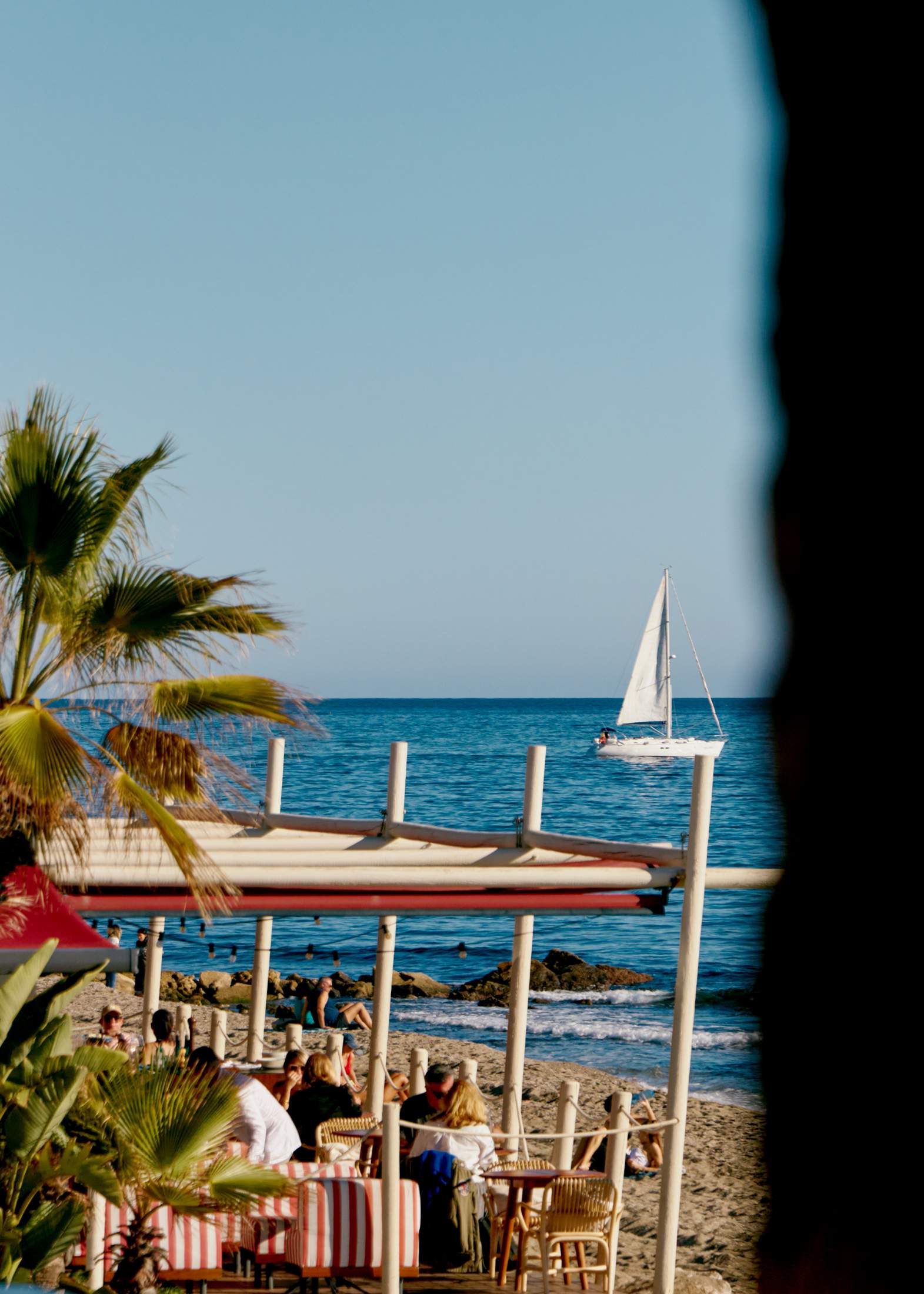

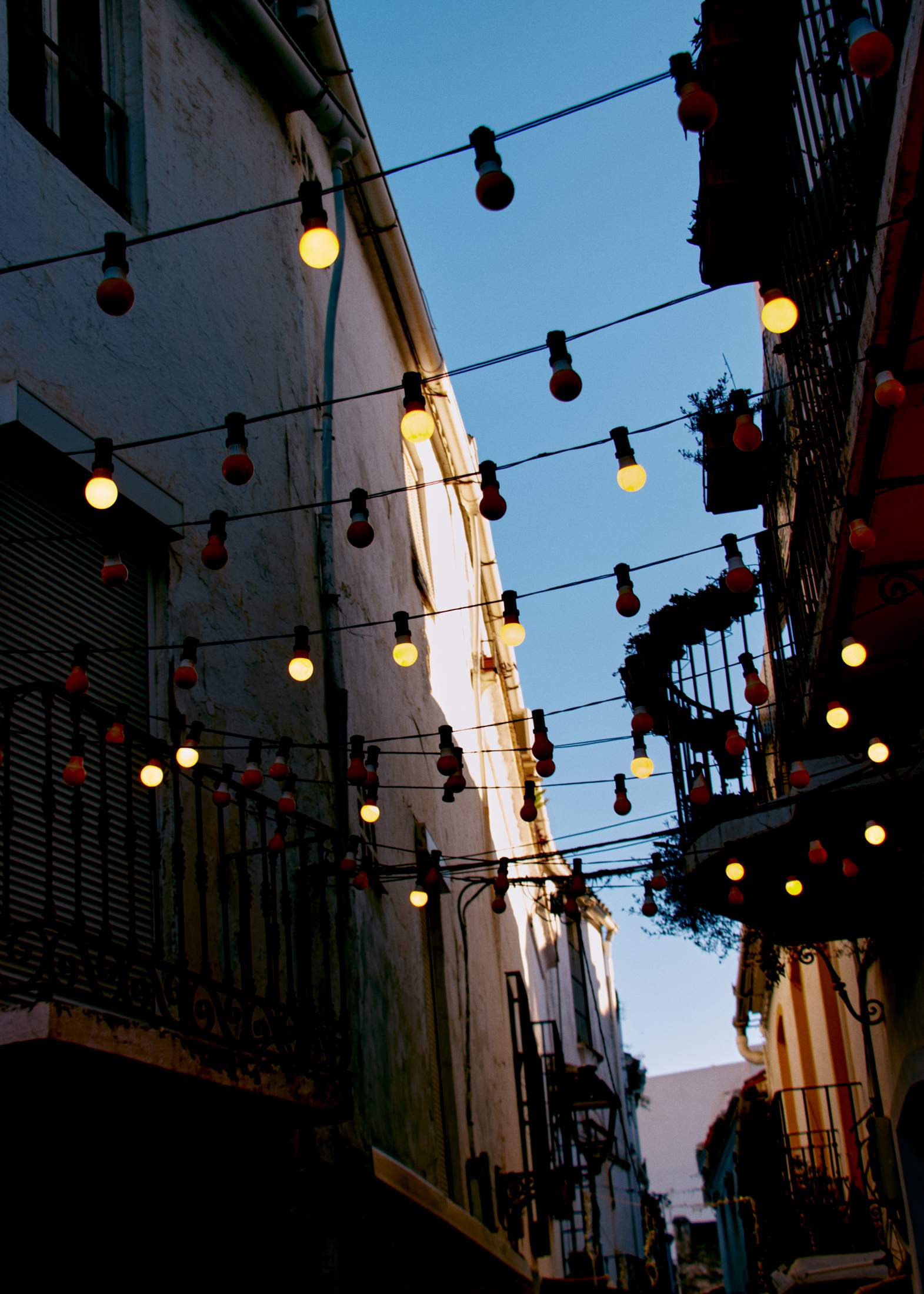


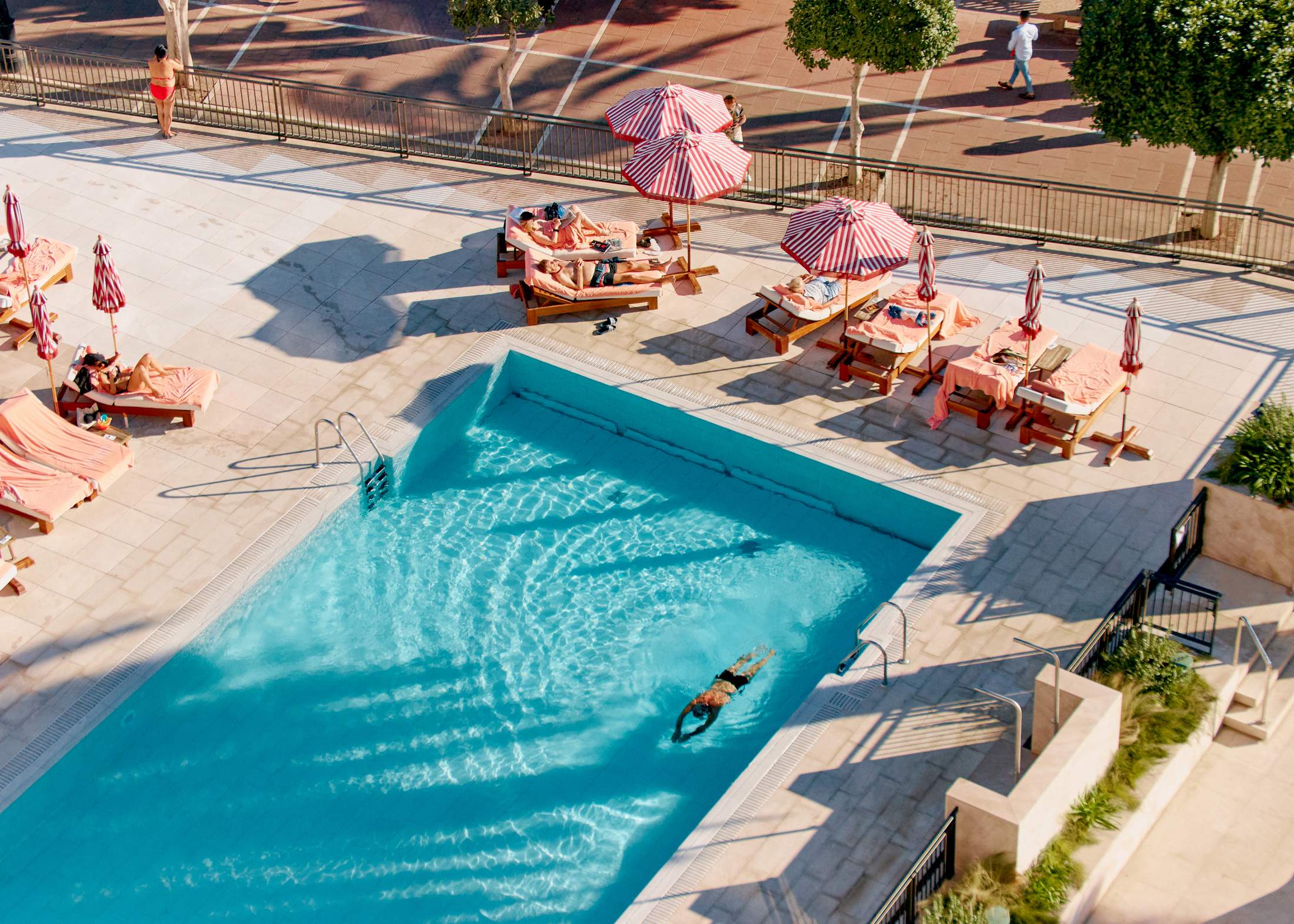
That’s not to say that the services on offer here aren’t a huge draw. Some guests are surprised by how much the resort has to offer. It’s the low season when monocle visits but, with temperatures of about 25c, the hotel is busy. Its lively atmosphere is partly the result of its popularity with locals. Alongside regulars who have been coming for decades, Marbellí also join in for dinners at The Grill restaurant or drop off their children at the kids’ club, which hosts cooking and perfume-making lessons for under-14s.
While Marbella’s hotels are thriving thanks to a tourist season that is increasingly extending into winter, many wealthy visitors end up wanting a little corner of the city for themselves. Up in the hills are grand villas with an average price of about €8m. Novak Djokovic, Antonio Banderas and Eva Longoria are among those who own holiday homes here. The neighbourhood of La Zagaleta has excellent bilingual schools and helipads to attract younger and more mobile buyers. With remote working making it easier to stay for months at a time, house prices have continued to climb. “Demand for luxury villas is extremely high right now,” says architect Mercedes González Ballesteros when monocle joins her on the sunny terrace at her home, a short drive from the Marbella Club. “I know a lot of Swedes, for example, who now spend a large part of their time in Marbella even though their primary residence is elsewhere.”
González Ballesteros also counts herself among these privileged temporary residents. After years in Madrid, where she founded Febrero Studio in 2016, she recently decided to make Marbella her primary home, though she still makes regular trips to the capital on the high-speed ave trains via Málaga. Her first project in town was her own Mediterranean-style house, which features white-washed walls, limestone floors and wooden furniture, and was built on an existing building. “There are a lot of old villas that don’t need to be knocked down completely and that’s where we see a gap in the market,” she says, pointing to the living room’s slanted ceiling. “The appearance is new but we actually reused the entire original structure.”
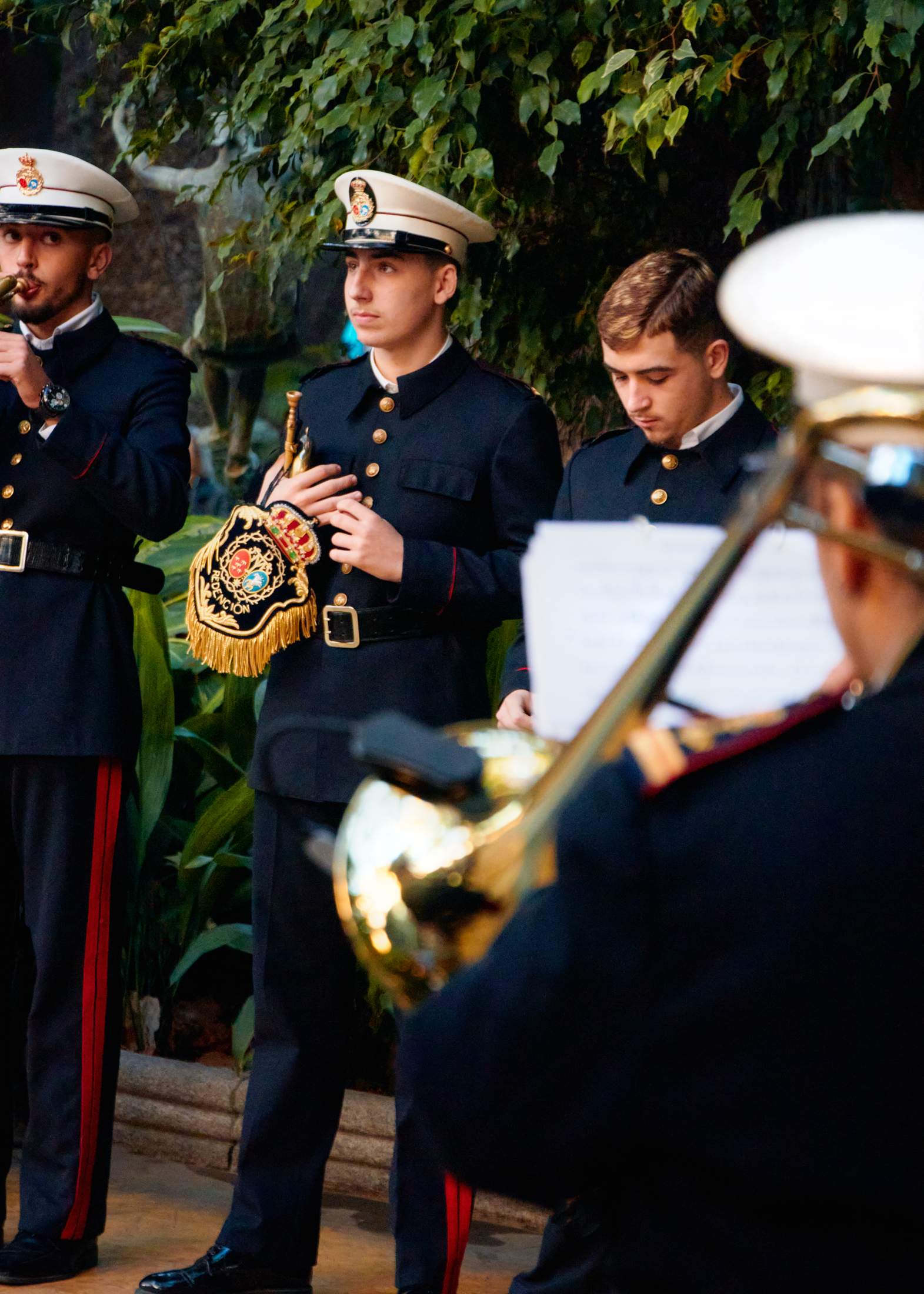
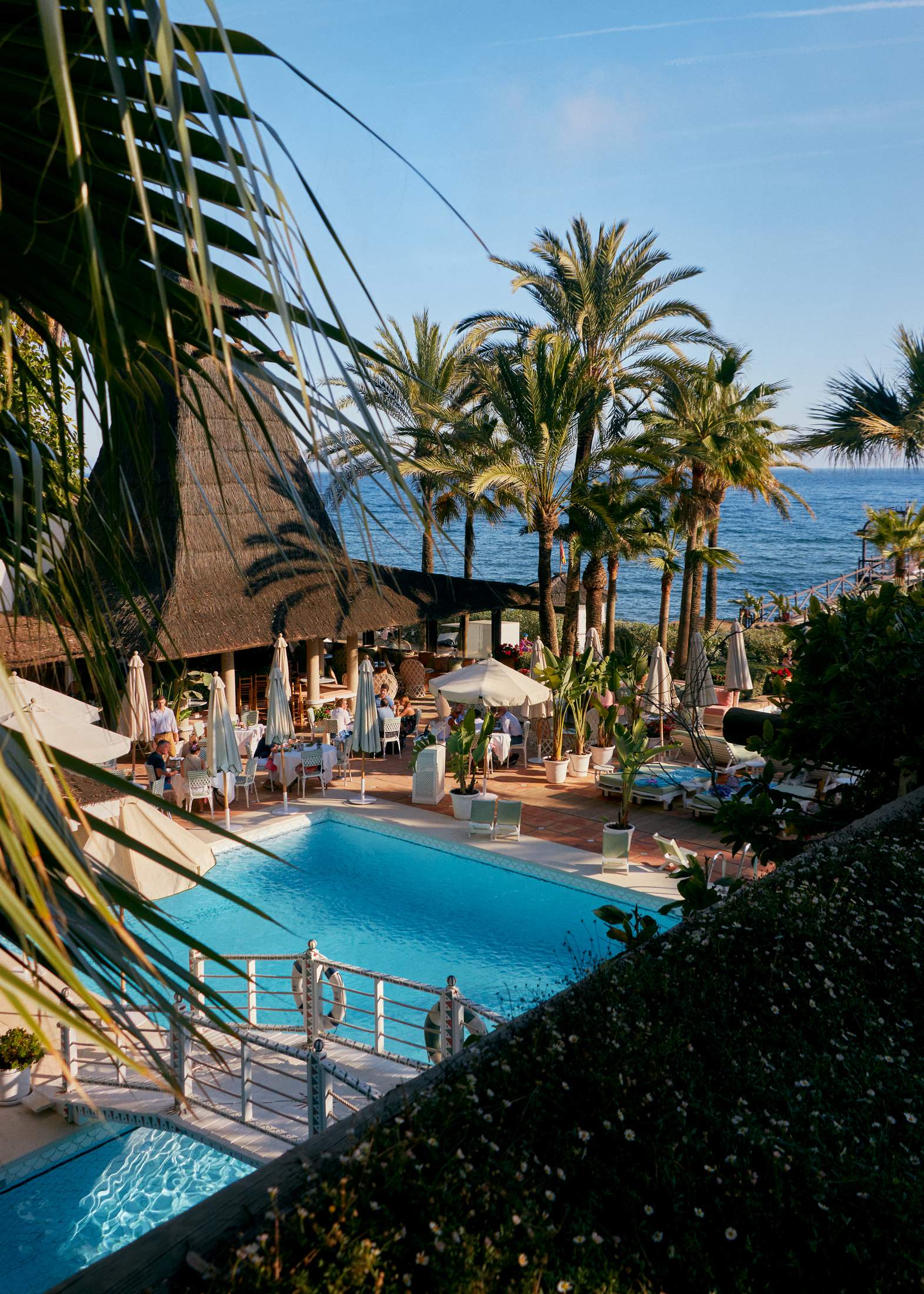
Another of the studio’s early Marbella projects was the interior design of Paisana, a restaurant near Puerto Banús, a port lined with yachts and boutiques. A short uphill walk from there in the Centro Plaza shopping centre, the restaurant’s founder, Antonio Padilla, wanted to create a place where members of Marbella’s international crowd, who stop by for increasingly long periods, could feel at home. On a terrace furnished with striped cushions and parasols overlooking the city and La Concha hill, Paisana serves a menu ranging from açaí bowls to kale salad, all made with organic produce grown on a local farm, where Padilla also hosts dinners and yoga retreats.
“Marbella is a long way from becoming like destinations such as Bali,” says Marbella-born Padilla. “But there’s something similar in that many digital nomads choose this place because they can find the services of a big city [in a relaxed environment].” He points out that none of his customers today, most of them regulars, is Spanish. Instead, he says, they all come here for several months at a time. “Temperatures in Marbella are always gentler than in the rest of Andalucía. It’s a place where you can seek refuge but also have easy access to the rest of the world. There aren’t many places that have that.” In this part of Marbella, where the highway is lined with new high-end developments and billboards advertising Swedish property companies, it’s easy to forget that you’re in Spain.
Much of the casco antiguo (old town) dates back to the 15th century, when Marbella was reconquered from the Moors. Here, cobblestone streets lead to peaceful plazas lined with orange trees and white Andalusian houses that are overgrown with bougainvillaea. A new wave of boutique hotels in restored palaces recently opened here as an alternative to the beachfront resorts. Hotel group La Ciudadela has launched three outposts in the centre, each with a restaurant and rooftop terrace, while the restoration of La Fonda, a hotel by the Relais & Châteaux group, turned a 16th-century chapel into the setting for its dining room.
“People are amazed by the historic centre with its white houses, colourful flowerpots and little shops on every corner,” says Javier González Gago, a tour guide and fourth-generation Marbellí who has long championed this overlooked part of his hometown. “They have this preconceived idea of Marbella as a place for the rich and famous, and don’t expect it to have so much charm and history.”
His walking tours take visitors to the 10th-century Moorish fortress and the Museum of Contemporary Spanish Engravings, which includes works by Picasso, Dalí and Miró. There’s almost always a stop at Bar Altamirano, a traditional outpost with the best seafood in the area. But González Gago doesn’t stay within the old city walls. Many of his clients see Marbella as a base from which to explore the rest of the region: Málaga and its booming cultural scene are just an hour’s drive away, while Córdoba’s Mosque-Cathedral, the Alhambra in Granada and the vineyards of Ronda are all within two hours.
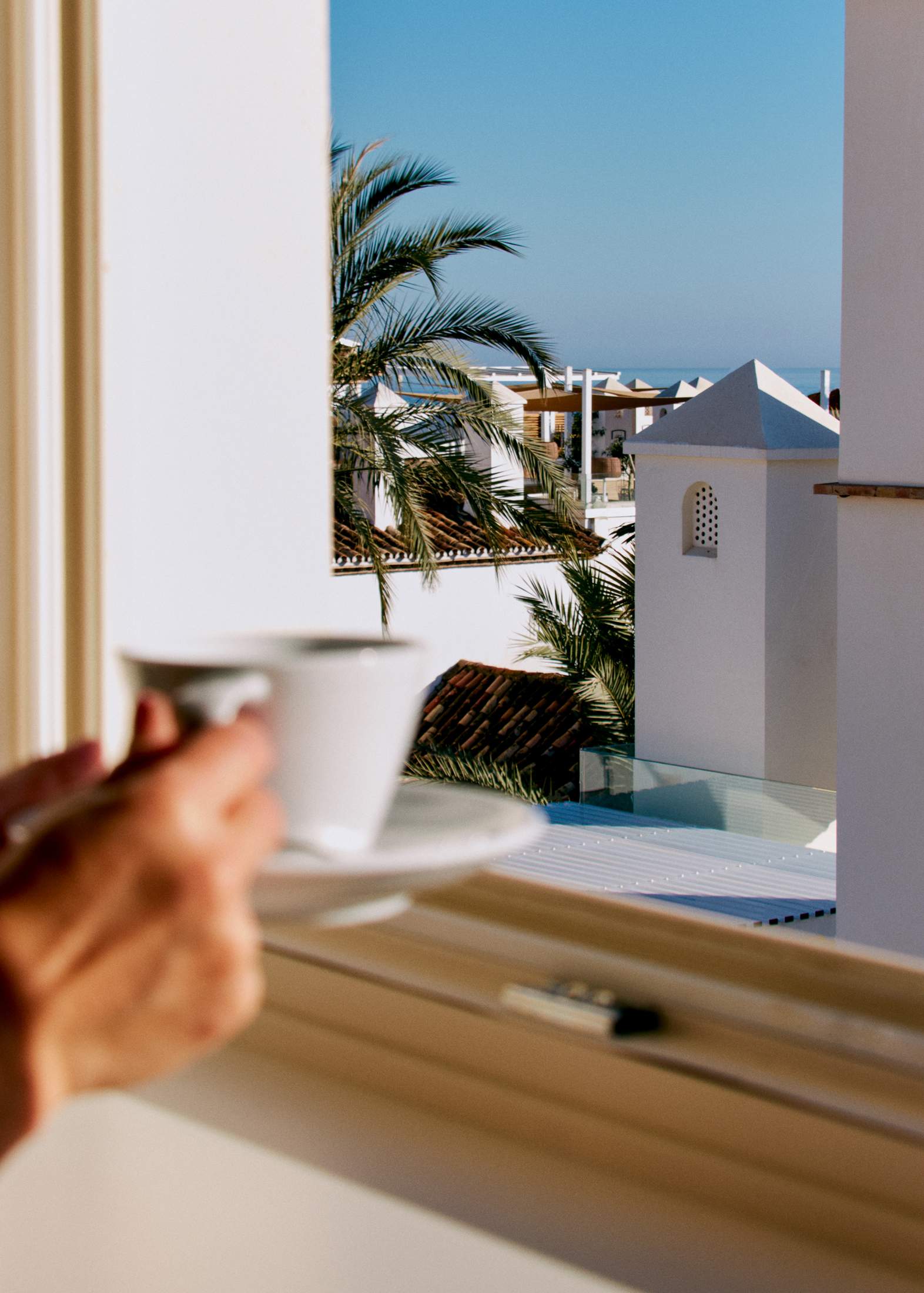
González Gago thinks that the city’s strength lies in its ability to attract visitors year-round. With hot spots across Spain saturated with tourists during summer, enticing guests during the low season has become an urgent matter for the country’s hospitality industry, which makes Marbella’s warm winters and gentle summers its biggest asset. “In low season, in previous years, it was usually dead,” says González Gago. “But now we’re getting a lot of golf tourism.” González Ballesteros agrees. “There are more and more things on offer and, in the end, you have the most important thing that all visitors look for: the climate.”
stay
La Fonda
This new boutique hotel by Relais & Châteaux is based in a renovated 16th-century townhouse in Marbella’s historic centre, opposite a tablao (a club hosting flamenco performances). The five- star property also features a roof terrace from which to watch the sunset.
9 & 10 Plaza Santo Cristo
relaischateaux.com
eat
Leña
Marbella’s range of high-end dining options continues to grow, with many establishments now serving food of equal quality to their design. Andalusian chef Dani García’s latest steakhouse is one of several in the Puente Romano Beach Resort. The interiors by Barcelona’s Astet Studio even earned it the “prettiest restaurant in the world” label at the 2021 Restaurant & Bar Design Awards.
Avenue Bulevar Príncipe Alfonso de Hohenlohe
grupodanigarcia.com
drink
Bar Altamirano
Hidden on a square of the same name in the historic centre of Marbella, Bar Altamirano has been attracting locals and tourists for more than 40 years. The humble outpost serves a top selection of seafood, with patrons spilling out into the square on balmy summer nights – it’s a refreshing alternative to the glitz and glamour of the city’s rooftop bars.
3 Plaza Altamirano
baraltamirano.es
shop
D’Oliva
This charming shop in the heart of Marbella’s old town offers a large range of extra virgin olive oils, as well as tapenades, salts and cosmetics. It also hosts oil and wine-tasting workshops for those wanting to sample different varieties of the region’s best produce.
9 Nueva
dolivaonline.com
see
Puerto Banús
Visiting the famous port is a must, even if it’s just to get a feel of the place that launched Marbella into a destination for the super-rich. The port and its Andalusian-inspired buildings were designed by architect Noldi Schreck, who also participated in the construction of Beverly Hills. From here you can catch a catamaran that connects to the centre of Marbella in an hour.
Puerto Banús


